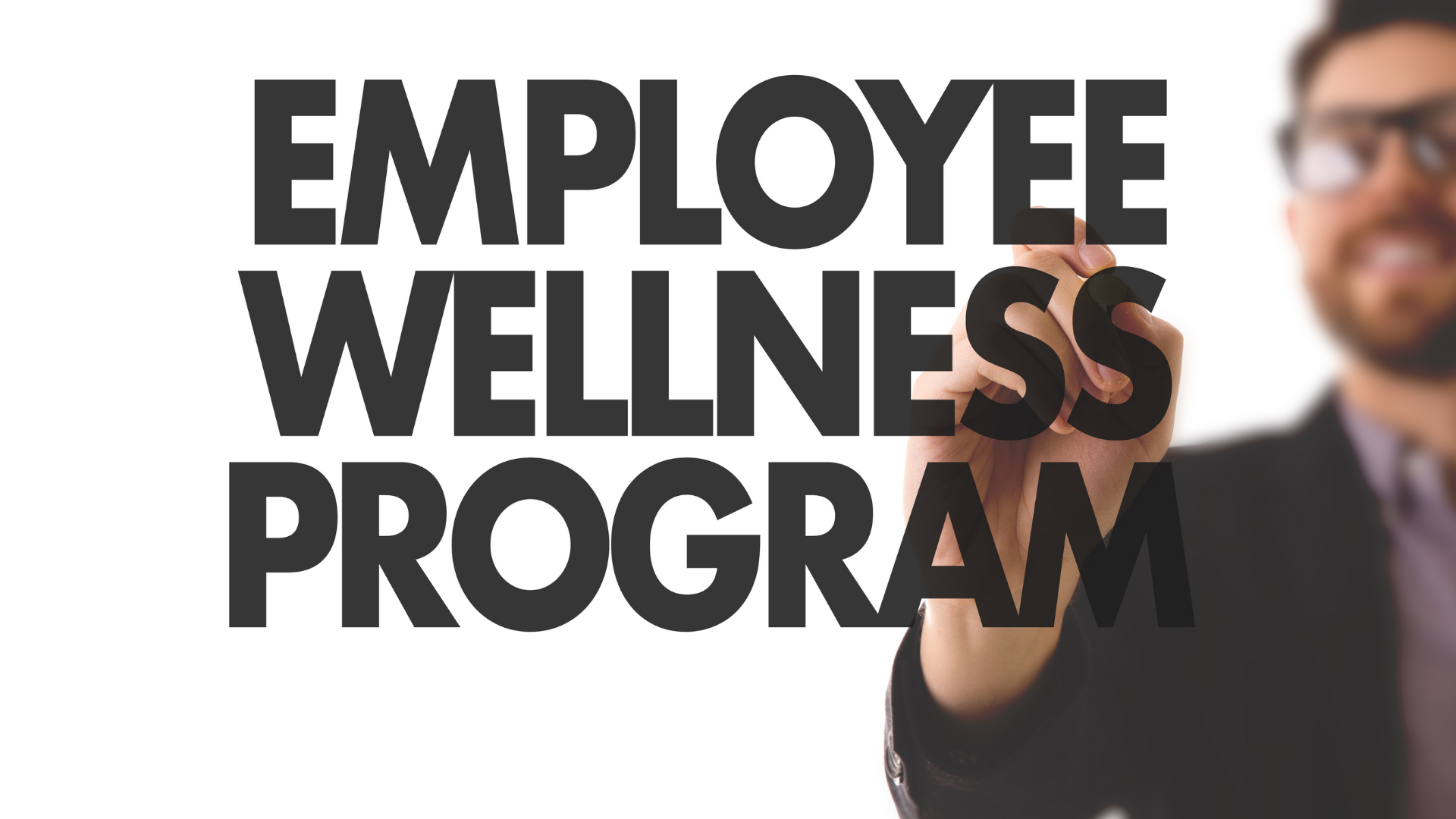Why the First 90 Days Matter in Leadership Transitions
Table of Contents
Starting a new leadership role comes with a set of challenges that can make or break your career. The first 90 days in a new job are critical. Michael D. Watkins’ The First 90 Days provides leaders with a roadmap to navigate this period of transition successfully. The decisions and actions you take in these first few months will set the tone for your success in the new role.
Whether you’re moving to a higher leadership position, transitioning to a new company, or managing a fresh team, the first 90 days are crucial for building your credibility, understanding organizational culture, and driving results. In this blog, we’ll dive into the 10 key lessons from the book that will ensure your success during this pivotal period and lay the foundation for long-term leadership effectiveness.
1. Prepare Yourself for the Transition
Embrace Change: Past Success Doesn’t Guarantee Future Success
Entering a new role requires a mindset shift. Many leaders make the mistake of relying on their past success to navigate new challenges. Watkins stresses that past achievements can actually hinder your transition. Each new leadership role comes with different challenges, and to succeed, you must adapt your skills to the new environment.
Start by conducting a personal SWOT analysis (Strengths, Weaknesses, Opportunities, Threats). Assess your strengths and the skills required in your new role. This exercise will provide clarity on areas that require further development and help you approach your new position with a growth mindset.
Related Reading: Check out FocusU’s Leadership Development Programs to accelerate your leadership transition.
2. Accelerate Your Learning
Problem: Steep Learning Curves in New Leadership Roles
When you start a new role, the learning curve can be steep. You need to quickly get up to speed on the organization’s culture, processes, and team dynamics. Without a clear plan, you risk feeling overwhelmed or missing key insights that could influence your decisions.
Solution: Implement a 90-Day Learning Plan
Watkins advises creating a 90-day learning plan. This structured approach ensures that you:
1. Identify key stakeholders and engage with them early on.
2. Understand the company’s vision, mission, and key metrics.
3. Explore available resources such as internal documents and company platforms to accelerate your learning process.
Related Reading: Explore FocusU’s Strategic Leadership Training to build your leadership capabilities.
3. Match Strategy to Situation
The STARS Framework: Adapt Your Strategy to Your Context
Not all leadership situations are the same. Watkins introduces the STARS framework, which categorizes leadership scenarios into five types:
– Start-up
– Turnaround
– Accelerated Growth
– Realignment
– Sustaining Success
Each scenario requires a different approach to leadership. For example, if you’re leading a turnaround, you’ll need to act quickly and decisively to reverse negative trends. In contrast, sustaining success requires a focus on maintaining high performance and ensuring continued growth.
4. Negotiate Success with Your Boss
Establish Clear Expectations Early
Many leaders assume that the relationship with their boss will remain the same after transitioning to a new role. However, it’s essential to negotiate your success from the beginning to ensure that both you and your boss are aligned on expectations.
Set clear goals and deliverables and ensure that there is mutual understanding about priorities. Watkins advises against:
– Not staying in touch regularly.
– Surprising your boss with new challenges or issues.
– Focusing only on problems-always bring solutions along with challenges.
Related Reading: Check out FocusU’s Leadership Coaching for personalized guidance on navigating leadership transitions.
5. Secure Early Victories
Early Wins Build Momentum
Securing early wins in your new role is crucial for building momentum and establishing credibility. These victories don’t have to be huge accomplishments; they should be achievable and aligned with business objectives.
Watkins suggests focusing on areas where you can quickly make a positive impact, such as improving team processes or resolving pressing issues. Over time, these small wins will pave the way for more significant successes.
6. Achieve Alignment with Organizational Goals
Integrate Strategy, Structure, and Culture
Effective leaders ensure that the organization’s strategy, structure, systems, skills, and culture are aligned. Misalignment in any of these areas can lead to inefficiency and failure.
Watkins emphasizes that this alignment should be a leader’s priority. By aligning all these elements around a common goal, you can help the organization achieve its objectives more effectively.
Key Takeaway: Align strategy, structure, and culture with the organization’s goals to maximize efficiency and success.
7. Build Your Team
Get the Right People, but Don’t Rush the Changes
Building a high-performing team is critical to your success. However, Watkins advises against making changes too quickly. Take the time to understand your existing team’s strengths and dynamics before making any major decisions about restructuring or hiring.
Look for key values in your team members such as:
– Competence
– Trustworthiness
– Energy and Focus
– Inter-Organizational Relationships
8. Create Alliances and Build Relationships
Gain Support to Drive Change
To lead effectively, you need support from others. Creating alliances within the organization is essential. Identify key influencers and decision-makers who can help champion your initiatives.
Watkins recommends demonstrating consistency in upholding values, honoring commitments, and fostering relationships based on mutual respect. Building relationships on a foundation of reciprocity will make it easier to get support when you need it.
9. Manage Yourself
Prioritize Self-Care and Reflection
Self-management is often overlooked, but it’s essential for long-term success. Leaders need to manage their own mental and physical well-being to avoid burnout and sustain performance. Watkins recommends scheduling time for reflection, self-care, and planning.
Additionally, ensure you have a support system, both professional and personal, to help you navigate the pressures of leadership.
Key Takeaway: Invest in self-care and reflection to be the best leader you can be.
10. Accelerate Everyone’s Growth
Develop Your Team for Collective Success
Leadership is not just about personal growth; it’s about fostering growth in your team. Create development plans for each team member and facilitate their onboarding and promotion processes.
By ensuring that your team’s growth aligns with the organization’s goals, you’ll drive collective success.
Key Takeaway: Foster growth in your team by developing their skills and providing opportunities for career progression.
Conclusion: Making the Most of Your First 90 Days
Michael D. Watkins’ The First 90 Days offers invaluable insights into navigating the complex and challenging first few months in a leadership role. By focusing on early wins, aligning strategies, building relationships, and managing yourself, you’ll set the stage for long-term success in your new role. These lessons are not just applicable in the first 90 days but throughout your career.
Takeaway: The first 90 days are crucial. Follow these lessons, tailor them to your situation, and you’ll not only succeed in the short term but also build a foundation for sustained leadership success.










